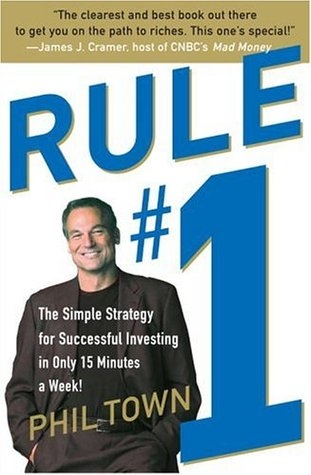
Chapter 1
The Myths of Investing
An expert is a person who avoids small error as he sweeps on to the
grand fallacy.
—BENJAMIN STOLBERG (1891–1951)
HE GOLD standard of low-risk investing is a ten-year United States
Treasury bond, which, at the time of this writing, has a return of
about 4 percent. Invest in nothing but these bonds and you’re
guaranteed a 4-percent haul. The only problem with such a strategy,
especially for the millions of soon-to-be-retired baby boomers, is that, at
4 percent, it takes 18 years to double your money. In addition, after 18
years, even with a low inflation rate of 2 to 3 percent, most of the gain is
absorbed by higher prices, leaving you with only slightly more buying
power than you had 18 years earlier. Despite this reality, investors buy
billions of dollars of these 4-percent bonds.
Why in the world would anyone want to own a bond that barely
keeps pace with inflation and realizes almost no real gain in wealth?
Because almost everyone is convinced that a higher rate of return
necessarily means a lot more risk. And they’re more afraid of losing
money in an attempt to get a higher return than of their inability to retire
comfortably.
The fact is, a higher rate of return is not necessarily contingent on
incurring significantly more risk. Let me explain.
HIGH RETURNS DON’T NECESSARILY
MEAN MORE RISK
During a talk at the America West Arena in Phoenix, Arizona, I asked
the audience, “How many of you drove your cars here today?” Most
people raised their hands. “Okay, almost everybody. And how many of
you took a huge risk driving here?” A few hands went back up. “You
guys took a huge risk driving here?” I asked incredulously. “Either you
drivers didn’t really take a risk and are just clowning around, or at last
we’ve found the problem with Phoenix traffic—you people with your
hands up don’t know how to drive. Is that it?” Everybody laughed.
“Okay, so it wasn’t so terrifying to drive down here. But now imagine
that you’re coming here but instead of you doing the driving, it’s your
eleven-year-old nephew behind the wheel. Are you taking a lot of risk
now?” People laughed and nodded yes. “The trip was the same—going
from A to B. But when you put someone in the driver’s seat who doesn’t
know how to drive, a relatively safe trip becomes an incredibly risky
trip.”
Exactly the same thing holds true for your journey to financial
freedom. If you don’t know what you’re doing, your journey is going to
be either very slow or very dangerous. That’s why most people think that
going fast (going after a high rate of return) is dangerous—because they
don’t know how to drive the financial car, and not because going fast is
necessarily dangerous. It’s only dangerous if you don’t know what
you’re doing. And the essence of Rule #1 is knowing what you’re doing
—investing with certainty so you don’t lose money!
Now, you’re probably wondering, “What about mutual funds? What
about all those techniques we learn to minimize risk and maximize
returns?” Well, folks, I hate to be the bearer of bad news, but here’s the
truth: Being a mutual fund investor is a whole lot riskier than being a
Rule #1 investor. Investing in a mutual fund is, in many ways, like
handing your car keys to that 11-year-old nephew.
THE MUTUAL FUND SCAM
The Simple Strategy for Successful Investing in Only 15 Minutes a Week! by Phil Town




